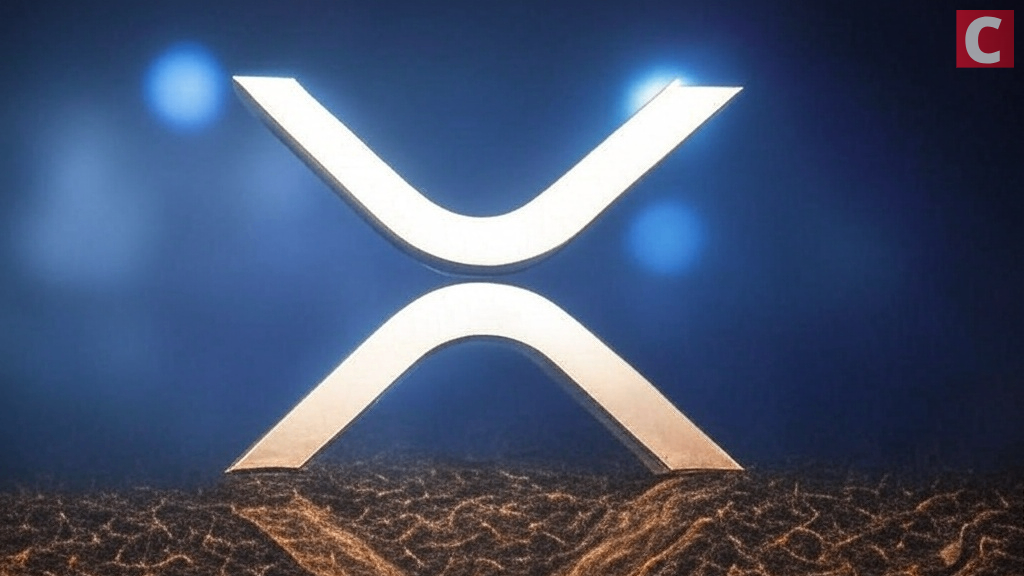A Peek into the Stablecoin World: Tether’s Potential Domestic Contender
In a recent interview, Paolo Ardoino, CTO of Tether, hinted at the possibility of creating a domestic stablecoin if new rules are introduced to make the market more competitive. Let’s delve deeper into this intriguing topic.
What are Stablecoins?
Stablecoins are a type of cryptocurrency that aims to maintain a stable value, usually pegged to a fiat currency like the US Dollar. This is achieved through various mechanisms, such as collateralization or algorithmic stabilization. The primary goal is to provide the benefits of cryptocurrencies (speed, security, and borderless transactions) without the volatility.
Why the Need for a Domestic Stablecoin?
The crypto market is rapidly evolving, and regulations are starting to take shape. Some governments are exploring the idea of central bank digital currencies (CBDCs), which could potentially disrupt the stablecoin market. In this context, Tether might consider creating a domestic stablecoin to maintain its competitive edge.
How Will This Affect You?
- More Stablecoin Options: With more stablecoins in the market, users will have more choices, potentially leading to increased competition and better services.
- Improved Stability: A domestic stablecoin could offer improved stability, as it would be directly pegged to the local currency and subject to local regulations.
- Potential for Wider Adoption: The availability of a domestic stablecoin could encourage more businesses and individuals to adopt cryptocurrencies, especially for transactions where price stability is crucial.
How Will This Affect the World?
- Global Stablecoin Market: The entry of a major player like Tether into the domestic stablecoin market could boost the overall market, leading to increased innovation and competition.
- Regulatory Clarity: The creation of a domestic stablecoin could provide regulatory clarity for the stablecoin market, potentially attracting more institutional investors.
- Economic Impact: The widespread adoption of stablecoins could have significant economic implications, including increased financial inclusion and more efficient cross-border transactions.
Conclusion
Paolo Ardoino’s comments about Tether creating a domestic stablecoin in response to new rules hint at an exciting future for the stablecoin market. With potential benefits like improved stability, increased competition, and wider adoption, this development could significantly impact both individual users and the global economy. Stay tuned for more updates on this evolving story.





